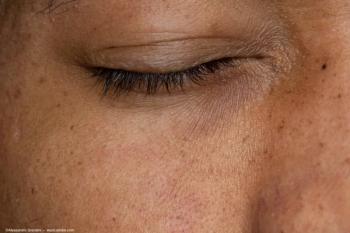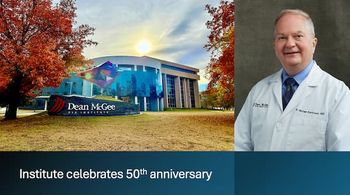
Leading investigators support Alcon's AcrySof IOL
A number of studies have been conducted and presented during a free paper session, supporting Alcon's research into its investigational AcrySof angle-supported phakic intraocular lens (IOL).
A number of studies have been conducted and presented during a free paper session, supporting Alcon's research into its investigational AcrySof angle-supported phakic intraocular lens (IOL).
Having studied the lens following its unilateral implantation in the anterior chamber angle of 57 subjects, Thomas Kohnen from Germany believes that the AcrySof lens demonstrates a promising safety profile. At month one follow-up, five subjects had raised intraocular pressure (IOP) requiring treatment and two patients developed cataracts, which were related to the surgical procedure. Mean acute percentage change in central endothelial cell count losses, from the preoperative level to six months follow-up, were recorded at 3.71±5.48 (n=55). No pupil ovalization was observed in any subject and, at six months, a gain of one or more lines of best spectacle corrected visual acuity (BSCVA) was observed in 71.9% of patients, while no change was seen in 28.1% of subjects.
In a second presentation, Michael Knorz, Germany, provided an update of results gathered five years postoperatively during the Phase I clinical trial of AcrySof. A total of ten subjects were enrolled to receive the lens in the open-label, single arm, non-randomized study; nine completed five years postoperative follow-up. At the five-year mark, 55.5% demonstrated an uncorrected visual acuity (UCVA) of 20/20 or better and 88.9% a UCVA of 20/40 or better. BSCVA of 20/20 or better was achieved in 66.7% of subjects and 100% achieved a BSCVA of 20/25 or better. Knorz concluded that these long-term results support the continued investigation of the IOL.
Elsewhere, Jorgé Alio and his team from Spain, presented the visual outcomes data gathered during clinical Phase II (US) and III (EU) trials of the AcrySof lens. Six months postoperatively, mean logMAR UCVA was 0.03±0.13 in the EU study and 0.00±0.13 in the US study. Mean logMAR BSCVA was 0.04±0.10 for EU subjects and -0.10±0.08 for US subjects. Preoperatively, 66.9% of EU subjects had a near UCVA of 20/40 or better as did 43.3% of US subjects. Postoperatively this had improved to 87.5% and 83.3%, respectively. The authors concluded that the strong results suggest the AcrySof lens could be a viable future alternative for the correction of high myopia.
Meanwhile, Joseph Colin of France presented clinical data and anterior chamber images demonstrating the postoperative lens clearance of the anterior chamber IOL. During the Phase III European study, 125 subjects received the lens. The axial biometry mode of the Nidek EAS-1000 anterior segment analysis system was used to measure the distance from the posterior surface of the implanted IOL to the anterior surface of the natural crystalline lens, as well as the distance from the anterior surface of the IOL to the corneal endothelium. Six months postoperatively, the mean distance between IOL and crystalline lens was measured at 0.87±0.20 mm and measurements taken from the IOL to the corneal endothelium demonstrated a mean distance of 2.08±0.24 mm. Gonioscopic examinations observed no angle trauma, anterior chamber angle recession or anatomical anomalies. Synechiae was observed in two subjects. Colin concluded that the AcrySof lens achieves an adequate clearance between the corneal endothelium and the crystalline lens.
Ophthalmology Times Europe reporting from the XXIV Congress of the ESCRS, London, 9-13 September, 2006.
Newsletter
Don’t miss out—get Ophthalmology Times updates on the latest clinical advancements and expert interviews, straight to your inbox.


















































.png)


